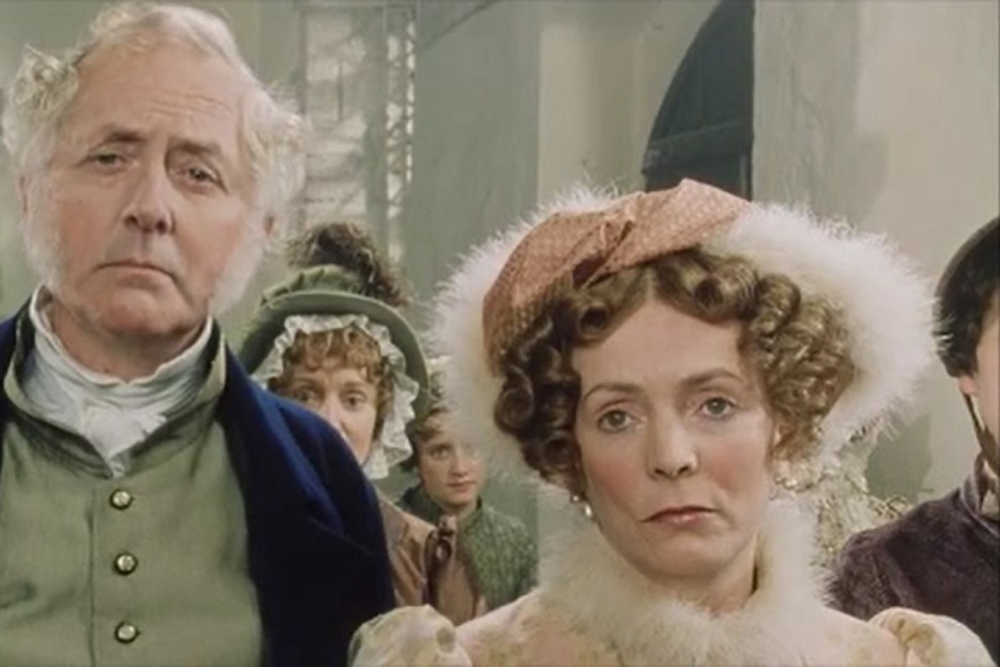Regardless of the medium, your reader is not interested in what your character is feeling.
Seriously.
In fact, if you tell your reader that Bill felt sad, dejected, elated, euphoric, or glum, your reader might begin to feel irritated.
Why? Because in the context of story, feelings don’t mean anything, and the purpose of story is to convey meaning. Our challenge as writers is to translate feeling into experience.
This is why I teach story structure as an experiential model rather than a conceptual model. When we place our focus on the key experiences that lead to our hero’s transformation, our plot begins to emerge.
Consider the following words: Decision, Hope, Temptation, Suffering, Surrender, Action, Choice, Peace. These are just a few experiences. Happy, Sad, Glum, Jolly, Angry; these are feelings. Sadness is a feeling, while Suffering comes from experience.
Feelings are transient. If you only tell us what your character feels, and not why, then your readers will have to supply meaning themselves. They will base their interpretation on their personal experience with no other lead to go on. This leads to confusion.
Experience is universal. We all understand the nature of an experience, because at the heart of every experience lies a dilemma. A dilemma contains a powerful want and a false belief. For example: The dilemma of peace might be a desire to resolve conflict through not speaking one’s truth. In an attempt to experience true peace, one must struggle with the tension between wanting to get along with someone while allowing their voice to be heard. Through this struggle all sorts of feelings will arise, but the feelings are irrelevant. Your reader is going to feel all sorts of feelings through your characters’ experiences.
When you experience temptation, you might feel scared, sad, happy, or angry. You might even feel all of these things at the same time. By exploring the nature of your protagonist’s temptation, your character’s experience is clear and an image or situation arises. The discovery of these images and situations through and from your characters reveals the plot.
Learn more about marrying the wildness of your imagination to the rigor of structure in The 90-Day Novel, The 90-Day Memoir, or The 90-Day Screenplay workshops.







